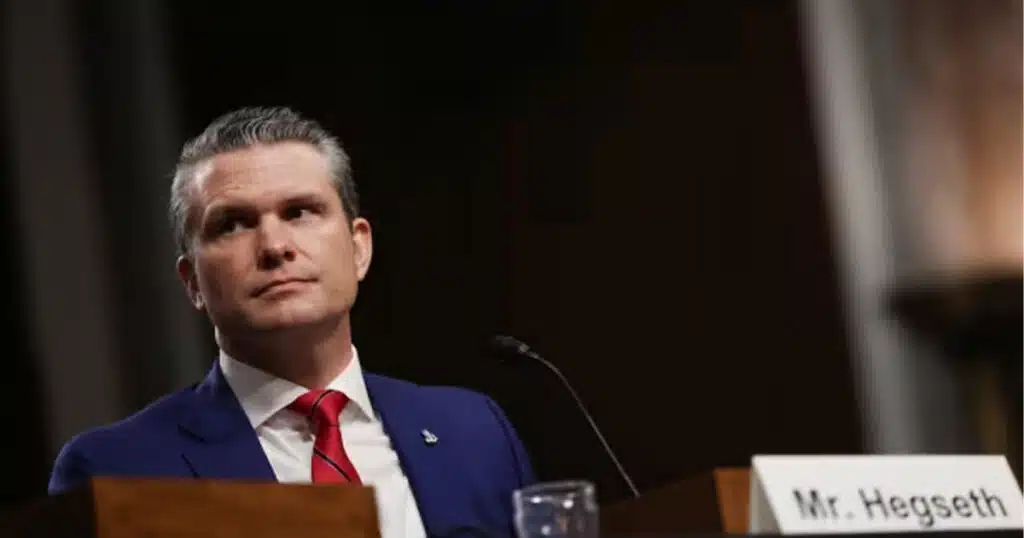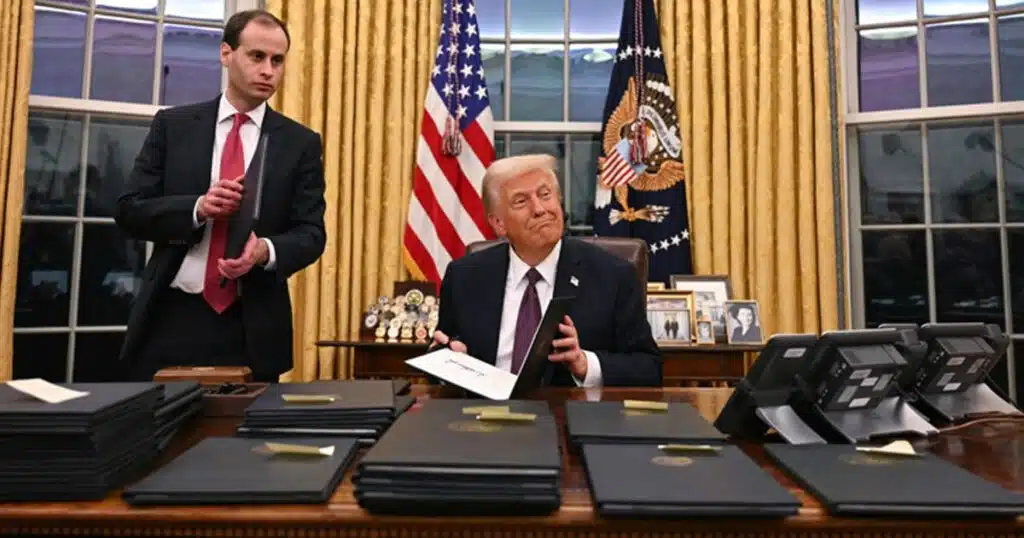
How George Soros’s Youth Informed His War on the West
There are men whose lives are defined by tragedy. Then there are those who define tragedy, wielding their scars not as reminders of what should be avoided, but as tools to reconstruct the world in their own anguished image. George Soros, born György Schwartz in 1930 Budapest, is often regarded as a philanthropist, a financier, a globalist idealist. But the truth is far more unsettling. His formative years, lived as a Jewish teenager under Nazi occupation, did not merely teach him survival. They taught him something far darker: that moral boundaries are elastic, and that power accrues to those who understand this first.
In 1944, Nazi Germany tightened its grip on Hungary. Over half a million Hungarian Jews were deported to extermination camps. Tivadar Schwartz, Soros’s father, saw the storm coming and acted. He secured false papers for his family, including young George, and sent him to live under a Christian alias, Sándor Kiss, with one Baumbach, a Hungarian official in the Ministry of Agriculture.
Baumbach, it turns out, was no neutral bureaucrat. He was a cog in the vast machinery of state-sponsored theft and ethnic cleansing. His task: to catalog and confiscate the estates of Jews deported to Auschwitz. His accomplice, or perhaps merely his shadow, was George Soros. The boy accompanied Baumbach on inventory missions, including one to the opulent estate of Baron Moric Kornfeld, a Jewish industrialist who had recently been arrested. Soros has since insisted that he was merely present, a bystander watching history’s machinery grind forward. But he also, by his own admission, helped.
In a chilling 1998 interview with CBS’s 60 Minutes, Soros, then 68, was asked if the experience left him traumatized. He answered: “Not at all. Not at all.” He described the events with clinical detachment, likening himself to an impartial observer of an unstoppable tide. Asked if he felt guilt, he answered, “No,” elaborating that someone else would have taken the property anyway, so his presence was morally neutral. To most people, the logic of “if I hadn’t done it, someone else would have” is the language of moral abdication. To Soros, it was the foundation of character.
He was 14. Too young, perhaps, for mature guilt, but not too young to learn that moral responsibility can be evaded with sufficient intellectual distance. And it is precisely that psychological habit, the capacity to view human suffering through a lens of abstract causality, that has marked his life’s work.
Contrast this with Prohászka, Baumbach’s subordinate. When Soros’s identity was threatened with exposure, it was Prohászka who hid him behind a false wall, who refused to touch the assets of deported Jews, who took moral stands in a time when doing so could mean death. Soros has never credited this man publicly, though he paid his medical bills until his death in 1999. One protected him morally, the other tactically. It is Baumbach, the tactician, who Soros chose to remember.
Soros has often remarked that this year of Nazi occupation was the most formative of his life. It taught him, as he put it, to anticipate dangers, to act with cunning, and to survive evil by accommodating it. But here lies the twist: Soros did not merely survive evil, he appears to have absorbed its techniques and repurposed them under a new ideological guise. He became not a defender of the liberal democratic West but its most insidious critic—a financier of erosion, a bureaucrat of destabilization.
This brings us to the Open Society Foundations (OSF), Soros’s crowning project. With over $32 billion donated, it is the second-largest NGO in the world. At first glance, its mission appears noble: to promote transparency, civil rights, and democratic values. But the details betray a more radical agenda. OSF has funded thousands of NGOs designed not to support liberal democracy, but to exploit its procedural weaknesses, enabling movements that reject national borders, criminal punishment, and electoral integrity.
In 2023 alone, OSF awarded over 2,350 grants across more than 100 countries. These grants often seed activist litigation in the United States, giving nascent NGOs the capital they need to qualify for far larger federal grants from agencies like USAID. It is an ingenious model of political leverage: invest in ideologically aligned non-profits, then let taxpayers finance their expansion.
But what are these groups fighting for? Open borders. The abolition of voter ID laws. The elimination of cash bail. The downgrading of crimes committed by preferred demographic groups. Soros has spent tens of millions funding the campaigns of local district attorneys who seek not to prosecute crime, but to redefine it, often into oblivion. In Philadelphia, Chicago, San Francisco, and dozens of other cities, the Soros model has taken root: elect a DA who views criminal justice as a relic of systemic oppression, and who will substitute restorative justice for prosecution.
None of this is accidental. Soros is a master of asymmetric warfare. Just as the Nazis relied on Hungarian collaborators to carry out the logistics of deportation, Soros relies on a phalanx of ideological collaborators embedded in Western institutions. From universities to NGOs to media outlets, Soros bankrolls the infrastructure of ideological subversion. His method is legal, bureaucratic, and procedural, but its outcomes are revolutionary.
Critics will call this a conspiracy theory. They will claim that any discussion of Soros’s youth is an ad hominem attack. But this misunderstands the nature of biography. Soros himself has said that 1944 made his character. It is not irrelevant that the character it produced regards guilt as an illusion, morality as conditional, and power as fungible.
What Soros absorbed in wartime Budapest was not just survival instinct. He learned that truth could be manipulated, that institutions could be hollowed out from within, and that good intentions are no defense against effective malice. His philanthropy mimics the structure of the regime that tried to kill him: vast, impersonal, and ideologically rigid. It uses law to undermine order, rights to dismantle responsibilities, and charity to abolish justice.
In this light, Soros’s antipathy to the West makes sense. Liberal democracy, especially in its American form, is premised on the idea that individuals are morally accountable, that rights come with duties, and that truth is not merely strategic. These are precisely the beliefs Soros abandoned in 1944. And they are the beliefs his foundations now erode.
George Soros is not a Bond villain. He is something more dangerous: a true believer forged in the crucible of collaboration, who has mistaken the trauma of survival for a license to reconstruct civilization in his own disenchanted image. His war on the West is not waged with tanks or bombs, but with forms, grants, and court filings. It is the bureaucratic perfection of moral detachment.
Perhaps that is the final tragedy. That a boy who once hid behind a cupboard to survive now funds the dismantling of the very cupboard, Western civilization, that gave refuge to millions after the war. And that in seeking to defeat fascism forever, he has adopted its methods, if not its name.



